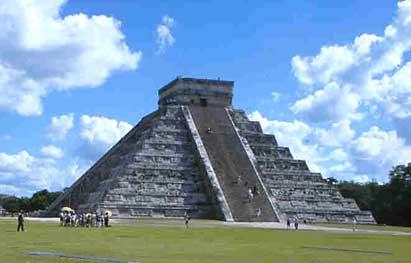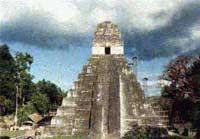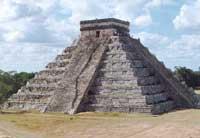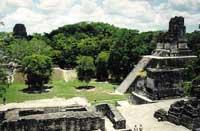Why did the Mayans leave their cities and their lands?
2003/03/14 Elhuyar Zientzia

For two centuries the Mayans successively abandoned the cities built by them, and by the year 950 the Maya empire was practically disappeared. Archaeologists consider that one of the causes of this decline was drought. Now, in the journal Science, new evidence has been published in favor of this suspicion.
In the lands occupied by the Maya, time varied greatly according to the time of year. In summer, during the rainy season, the rivers of Central America transported large amounts of water and materials to the northern basin of Venezuela. Proof of this are the present sediments. In winter, however, it did not rain, but in the sediments the algae that proliferate at that time left their colorful footprint. The analysis of sediments has allowed to know the approximate time of drought.
A study by researchers from the Geological Research Centre of Germany has allowed us to define these times more. The researchers have measured titanium, which is not transformed due to geochemical changes, and is a good indicator to measure the amount of sediments that have been added.
Through these measures it has been proven that in a century the rains were much less than normal and that during that time there were four strong droughts that lasted the year. According to researchers, the Maya may have to leave their cities.

Gai honi buruzko eduki gehiago
Elhuyarrek garatutako teknologia





